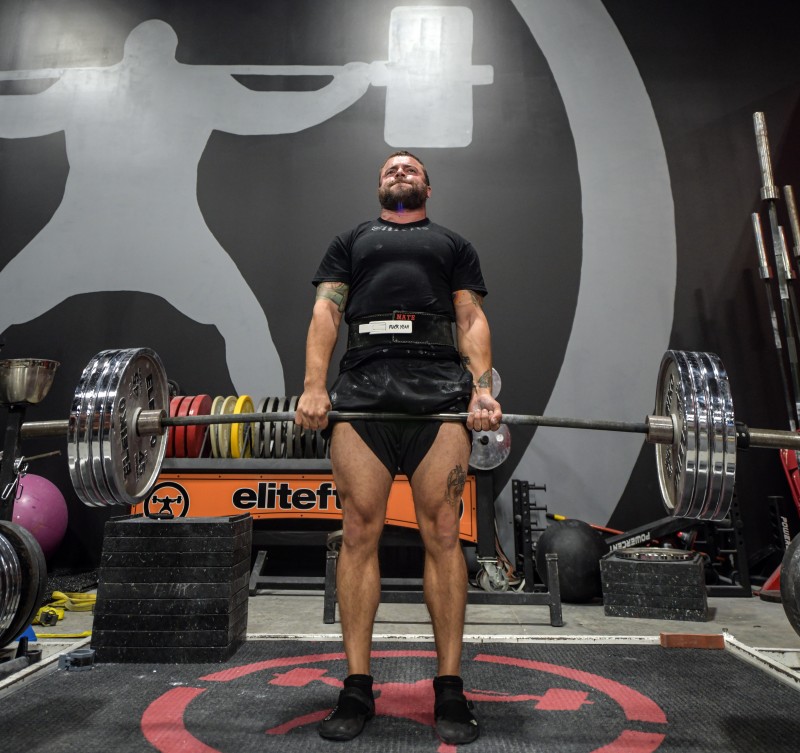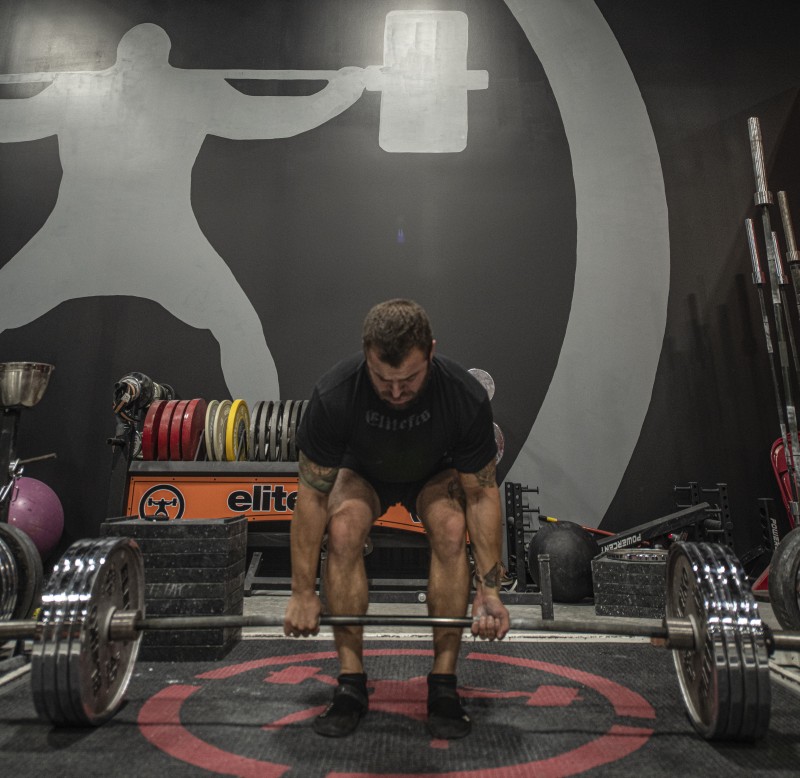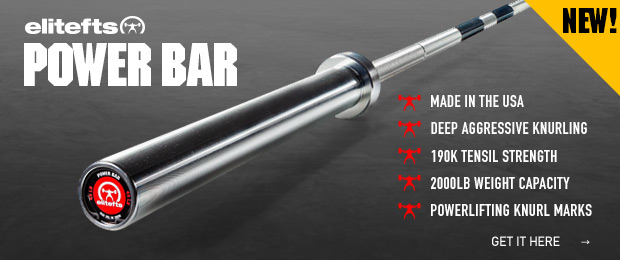
A few years back, a popular fitness chain had a commercial with some meatheads saying, "I pick things up, and I put them down." I believe this pretty much sums up what we do for a living. While this sounds a bit insulting, it's also true. At the end of the day, we have picked things up, and we have put them down.
Another way to think about this is how I explained what I do to our women's basketball coach. I was deadlifting a few weeks back, and the coach looked at me and said, "Why do you do that?"
RECENT: My Biggest Mistakes as a Strength and Conditioning Coach
My retort was, "If aliens landed here and saw a basketball game going on, they wouldn't have any clue what was happening. But if they saw lifting, they could at least wrap their heads around what they were seeing."
After I’ve officially insulted all that we do, I will try to explain why what we do is so important.
Let me start by paraphrasing one of my good friends Brett Bartholomew: Lift weights at different angles at different speeds at different times of the year. This is about as simple as it gets in regards to explaining how to train in the weight room.

If you were to look at any popular program, this would apply. The conjugate method is a great example of this. Use different speeds (i.e., dynamic effort day versus max effort day) and use different angles (i.e., variations of max effort lifts) at different times of the year (i.e., in-season modified max effort).
Now, let’s consider triphasic. Again, use varying speed with varying angles based on the lift. The time of year will affect all of this.
What all this means is that no matter what you do, look back and ask yourself, "Am I lifting at different speeds and angles at different times of the year?" If you are, half the battle is won.
The next person I'll use for my example is Mike Boyle. Mike recently did a rant on why box squats are a “bad exercise.” I wholeheartedly disagree with what Mike said, but don’t forget — “it's the mark of an educated mind to be able to entertain a thought without accepting it” (Aristotle).
When I watched Mike’s video, I disagreed with 95 percent of what he was saying, but I still listened and learned. Too often in this industry, we form camps and sit down to fight our stance. I can promise you that I won’t fight my stance. I will return to my why. Why do I do what I do? I want to improve students through and of the human body.
Have I ever seen an athlete get injured box squatting? No. After 20 years of doing this, I haven't seen an injury due to this lift. Call me a simpleton if you want, but I believe that there is enough data to assume it isn't dangerous. I also understand Mike's theory about what makes a box squat a bad exercise. However, I believe coaching this lift in the correct way can solve most of the issues he brought up.
“Do no harm.” I loathe this saying! Eccentric squats cause huge amounts of trauma to the tissue. Isn’t this harm? I realize that some will say I'm missing the point. I'm not. We aren't stress managers. We're stress inducers. The reality is we must add stress to the body to elicit some growth. Once we begin adding stress, we will see adaptation. If we don't add enough stress to the human, growth won't occur.
RELATED: Stirring the Pot, Volume 1

“All lifts are dangerous.” It's our job to balance danger with what adaptation will occur from the training. I ask all of you to do some harm to the human body. Also, accept that, at times, an injury may occur in your weight room. You should limit injuries while balancing your performance goals.
I love Bryan Mann, but he confuses me with all of his science. In all honesty, though, I love the science that he teaches to meatheads like me. Recently, Bryan has been trying to keep us all on our toes by asking if we look at the force-velocity curve. Then we all act smart and say, "Yes, I know that thing" just to show how smart we are. Then Bryan throws the power-velocity curve at us. This is a great example of someone who knows what it's like being in the weight room.
The power-velocity curve must move opposite of the force-velocity curve if you're trying to make your athlete more explosive. This takes me back to my third paragraph — train different speeds at different angles at different times of the year. Once again, we return to the fact that science is great, and we need to keep an eye on the smart people out there. But we're the practitioners. We pick things up, and we put them down.
My final point of this month's article deals with the profession as a whole. I received a text last night from a good young strength coach who had a job with a professional organization. I know this young man well and respect him as a coach. He said that he reread my article about being fired and that it helped him get through a challenging time in his life.
A fact about our industry is that most of us will be fired at some point. I told someone yesterday that I was lucky being able to work at one university for over a decade while having some great success and fun during that time. This goes back to what we do — we pick things up, and we put them down.
What we don't do is win games.
My good friend Sean Fantuzzi recently said in a podcast that we control wins and losses. I disagree 100 percent. There are too many variables in any game for us to say that we were the sole reason why a team won or lost.
Knowing this, we must understand that when you're fired (and you probably will be), don’t get frustrated. Just learn and move on to the next challenge.
In closing, I challenge you not to judge other coaches but to learn from them. Just like you, they're imperfect and just trying to help people pick things up and put them down in a stronger and faster way.










